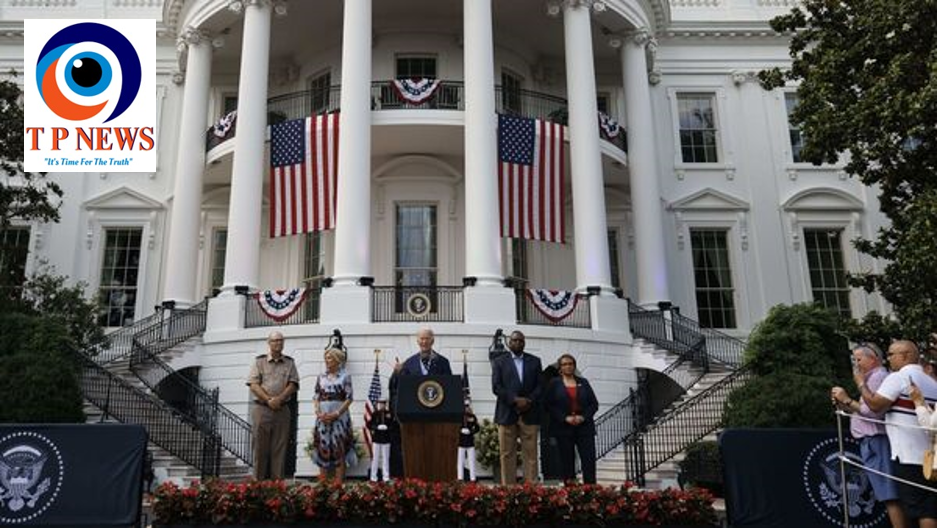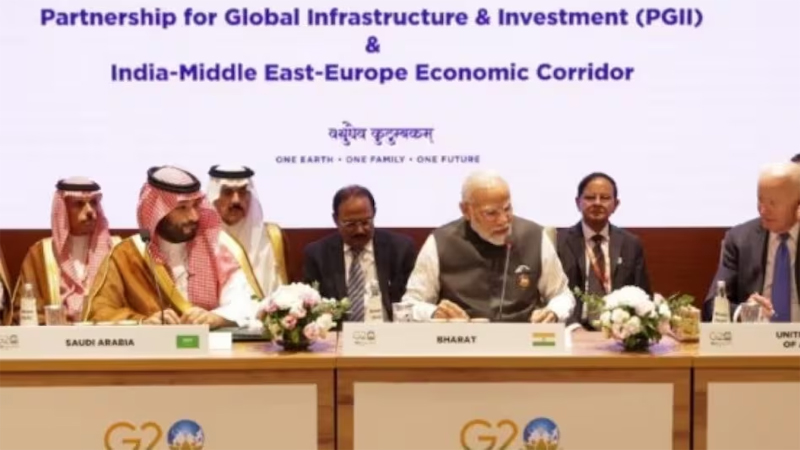DHS Launches Nationwide Enforcement as Trump Intensifies Border Security Efforts
In a swift and decisive move, the Department of Homeland Security (DHS) announced the deportation of 7,300 illegal immigrants within the first week of President Donald Trump’s second term. This large-scale removal, executed under the banner of national security and law enforcement, underscores the administration’s commitment to tackling illegal immigration head-on.
Targeting Violent Criminals: DHS Cracks Down on Offenders
The latest enforcement push has primarily focused on violent criminals—individuals flagged for their involvement in serious offenses. The DHS, in a statement, reaffirmed its stance:
“In the first week of the Trump administration, we have fulfilled President Trump’s promise to arrest and deport violent criminals who are in the country illegally. In one week, law enforcement officials have removed and returned 7,300 illegal aliens.”
The operation, described as one of the most aggressive in recent history, is designed not only to remove high-risk individuals but also to deter further illegal entry. Officials expect that the fear of workplace raids, heightened law enforcement presence, and stricter immigration policies will lead to a rise in self-deportations.
ICE Raids Sweep Major Cities: Kristi Noem Leads High-Profile Arrests in New York
Reinforcing the administration’s hardline stance, Secretary of Homeland Security Kristi Noem personally joined a high-profile Immigration and Customs Enforcement (ICE) operation in New York City on January 28. The mission targeted criminal aliens, with multiple arrests made in a highly coordinated effort.
Following the operation, Noem issued a firm statement:
“Dirtbags like this will continue to be removed from our streets.”
Her direct involvement signals a no-tolerance policy toward illegal immigration, a cornerstone of Trump’s broader national security agenda.
Nationwide Raids Surge: Largest Single-Day Arrests Since Trump’s Return
The New York operation was part of a sweeping nationwide crackdown, with ICE conducting similar enforcement actions in Chicago, Seattle, Atlanta, Boston, Los Angeles, and New Orleans.
The operation in Chicago, in particular, saw a historic collaboration between six federal agencies, targeting criminal migrants identified as potential threats. On January 27, ICE reported a staggering 956 arrests in a single day—the highest number of detentions in a 24-hour period since Trump’s return to the White House.
Executive Orders and Expanded Border Security
President Donald Trump wasted no time in issuing a series of executive orders aimed at enhancing border security and expediting deportations. His policies are largely a response to the immigration crisis that escalated under the previous administration.
A key focus of these measures is combating the influence of criminal organizations, including Tren De Aragua, a group Trump has repeatedly cited as a major security concern. While some local officials contest the extent of their presence in the U.S., the administration remains steadfast in its claim that such groups pose a direct threat to national security.
A New Era of Immigration Enforcement?
With an aggressive approach to immigration, Trump’s second term appears to be doubling down on one of his most controversial yet defining policies. As deportation figures soar and law enforcement intensifies efforts, the administration signals that this is only the beginning.
For now, the message is clear: the U.S. is taking a zero-tolerance approach to illegal immigration, with swift action, mass deportations, and relentless enforcement operations shaping the new immigration landscape.












